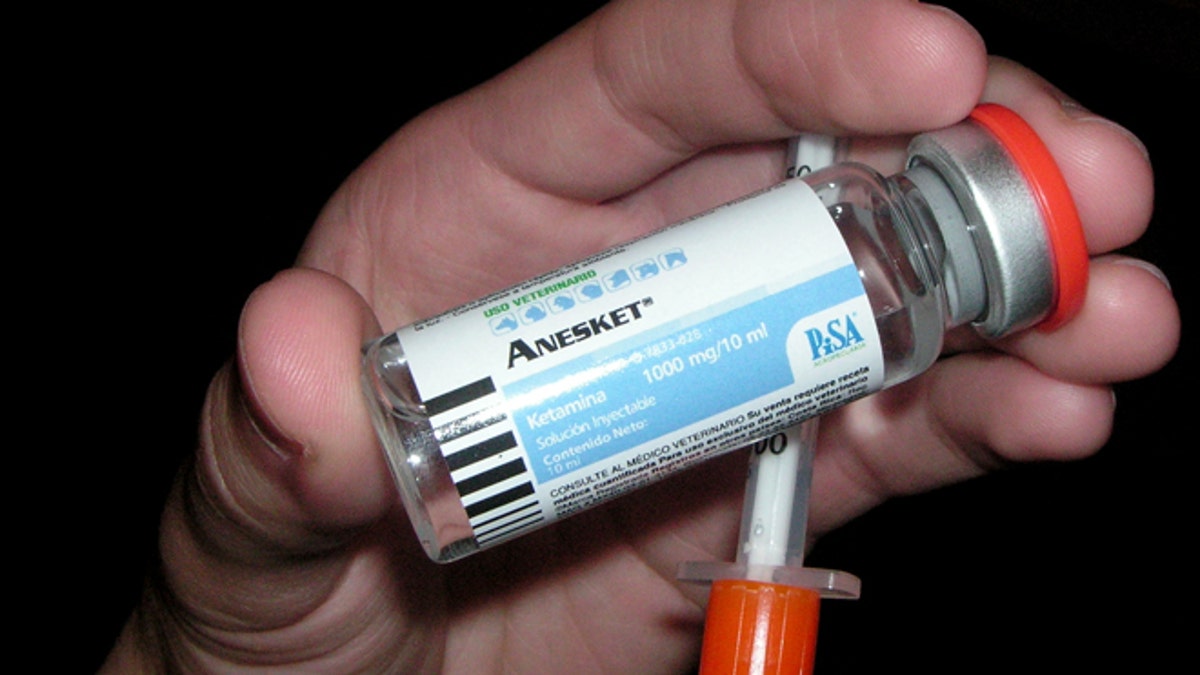
The use of traditional drugs has stabilized throughout the U.S. and Latin America, while consumption of “new psychoactive substances” has risen in the region, a new report from the United Nations stated.
New psychoactive substances (NPS), which include the anesthetic drug ketamine, synthetic cannadinoids that produce highs similar to marijuana and the so-called bath salt drugs, have seen a steady rise in users as many of these substances are not under international control. These drugs have skirted international controls because they are either used in medical procedures or they are just so new that legislation hasn’t caught up yet.
“What is actually known today, however, may be just the very tip of the iceberg, as systematic studies on the spread of NPS do not exist,” the UN Office on Drugs and Crime report stated. “The limited information available suggests that their spread is far from negligible, and – once cannabis is excluded from the analysis – the spread of NPS comes close to, or even exceeds, the spread of several controlled drugs.”
While Europe and New Zealand lead the world in terms of both production and use of these types of drugs, Latin America has developed into another market for the substances. Argentina, Brazil, Chile, Colombia, Costa Rica, Ecuador, Mexico, Panama and Uruguay have all reported the emergence of substances such as ketamine and piperazine, a medicine that is used to treat parasitic worms diseases.
Of those countries, Brazil and Argentina appear to be leading the way but, as the report indicates,the use of the drugs is prevalent in the majority of the region’s countries and around the world.
“This is very much a global trend in the youth culture around the world,” Ethan Nadelman, the executive director of the Drug Policy Alliance, told Fox News Latino. “What’s most interesting about this emergence is that there are no regulations on these drugs and yet you don’t hear about people getting hurt.”
Besides a few well-publicized cases of vicious attacks by people high on bath salts, these psychoactive substances have not been accompanied by the horror stories of more well-known drugs like heroin and methamphetamine. While this may be because these substances are not as widely used or as old as more established drugs, Nadelman argued that this is still a positive sign and that with proper policies this could be something the world sees more on in the future.
“Look at a country like New Zealand, which because it’s an island it generally makes most of its drugs domestically,” he said. “The country is proposing to allow drug manufacturers to sell these substances if they can demonstrate it has a low risk of harm."
Europe, which has the world’s highest concentration of users of these new substances, has also taken steps to deal with the issue. Instead of criminalizing the drugs and taking a “war on drugs” approach, many countries have set up clinics and ramped up education programs instead.
While Latin American governments seem more concerned with traditional drugs, Nadelman argues that many countries are beginning to take alternative approaches to their own drug policies.
Among those countries pushing for a dialogue on drugs in the Western Hemisphere are allies of the United States in the fight against drugs, including Colombia and Guatemala.
Colombian President Juan Manuel Santos has urged a discussion on legalization, saying that as his country extradites hundreds of alleged drug traffickers for trial in the U.S., criminals turn to other countries where law enforcement is weaker. Central America and Mexico in particular have been hit hard as traffickers shifted operations there.
Guatemala’s Otto Pérez Molina made headlines last year when he proposed legalizing drugs, which spurred other countries throughout Central America to join in the debate.
“Latin America is following more in the footsteps of Europe than it is in the U.S.,” Nadelman noted.
